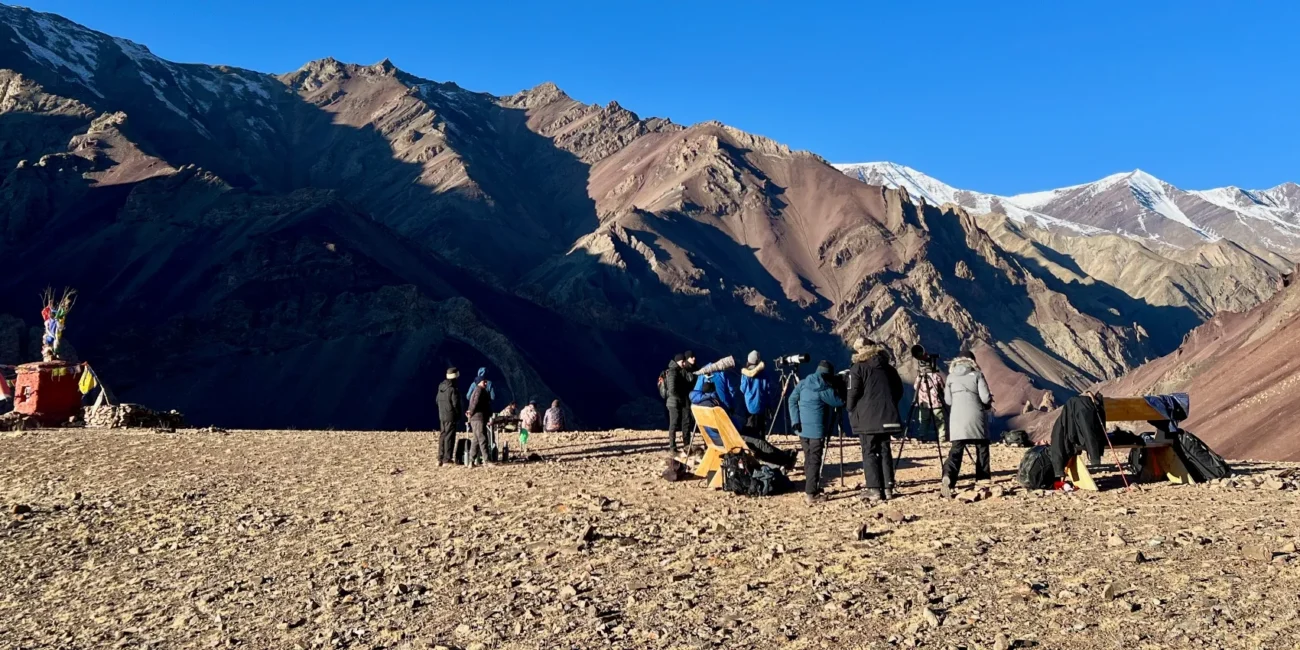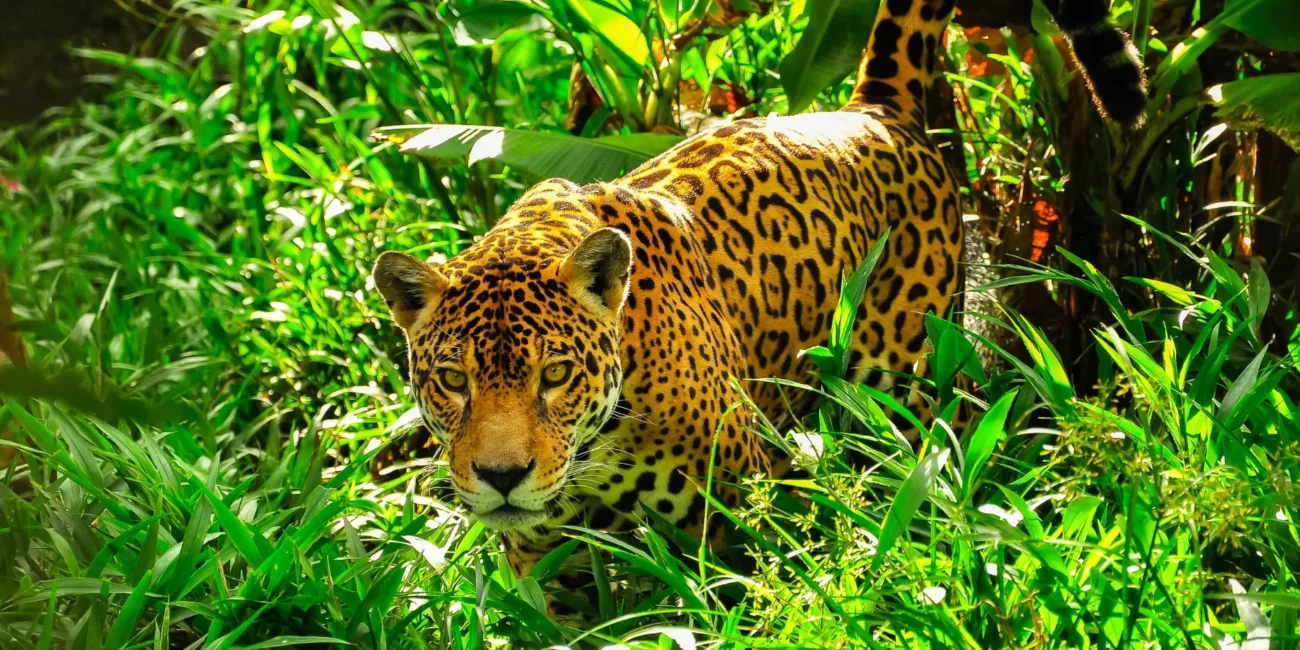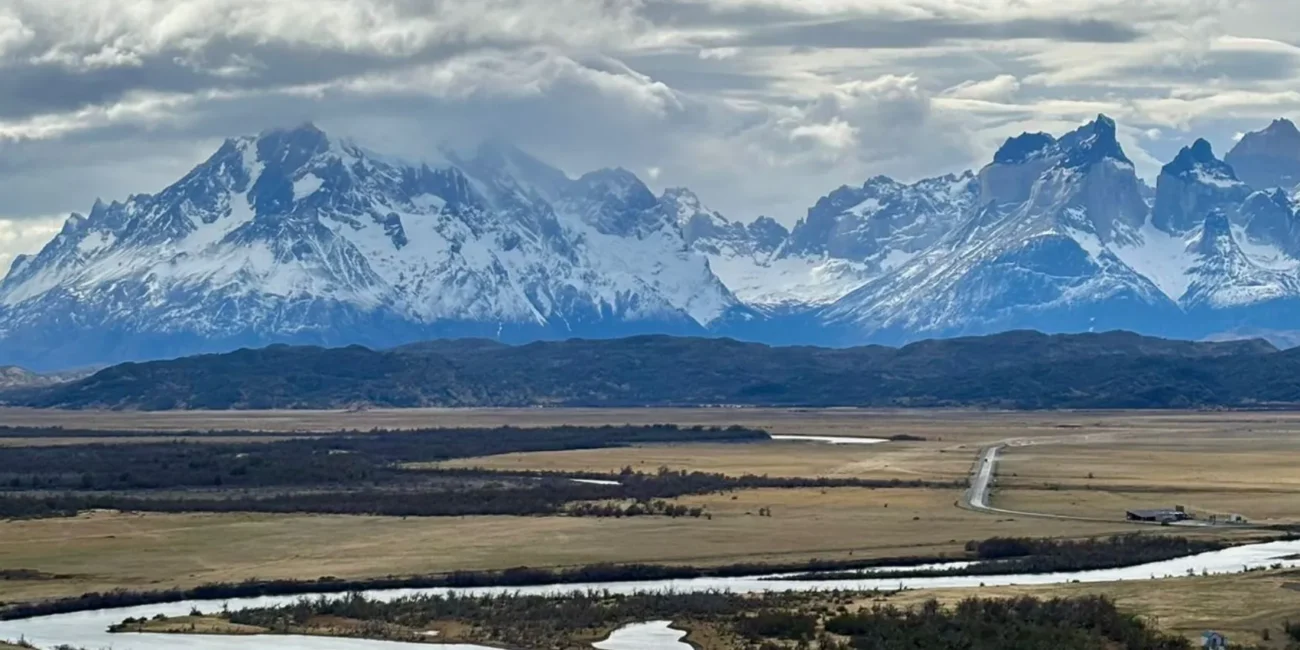The land remembers its past if you give it a chance to do so. In the Scottish Highlands, from the deep, mysterious waters of Loch Ness to the wave-battered cliffs of the Isle of Skye, nature is reclaiming its ground.
Red squirrels leap through growing forests, golden eagles soar where they haven’t nested in decades and rivers once straightened and stripped now breathe with life again. Amid ancient pinewoods and mist-draped glens, something extraordinary is stirring.
Rewilding Scotland is a living, evolving transformation. Communities, conservationists and the land itself are shaping a wilder, more resilient future.
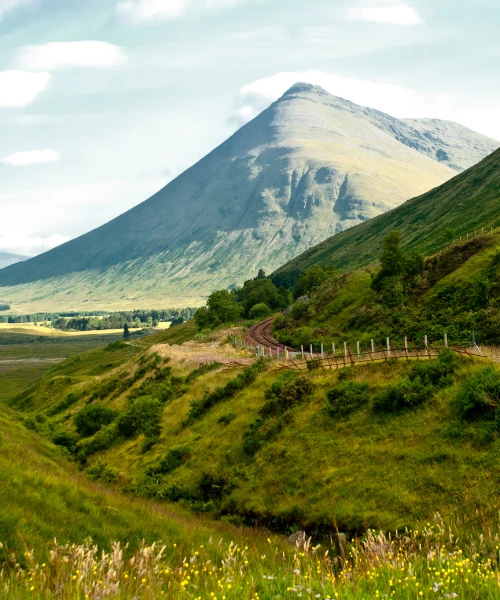
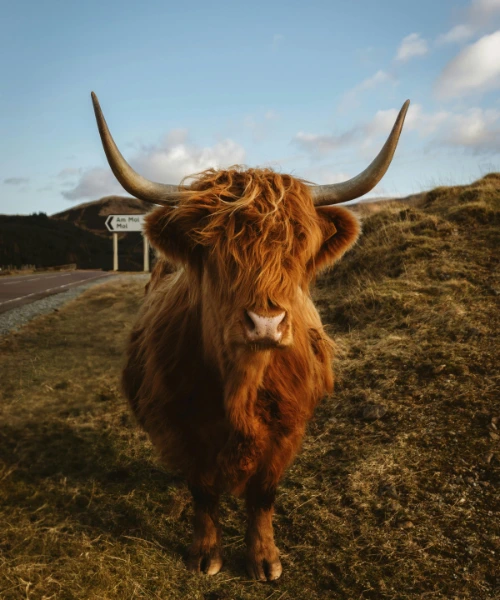
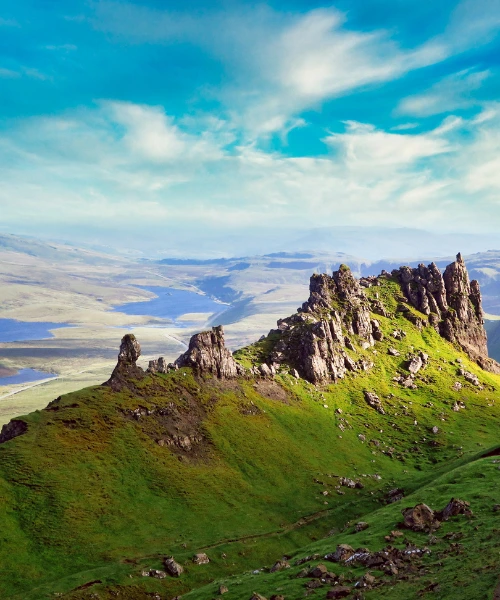
A Corridor of Change
Dundreggan: A Forest Reborn
Loch Ness lies just beyond Dundreggan, home to the world’s first rewilding centre. Once degraded by centuries of grazing, this Highland estate is now a symbol of recovery. Managed by Trees for Life, it nurtures thousands of species, including golden eagles that have returned to breed after 40 years.
A native tree nursery grows tens of thousands of rare mountain species each year, sourced from wild seed. Volunteers help plant and monitor forests, fostering biodiversity and also a deep human connection to the place. The growing Loch Ness rewilding movement is underway.
Affric Highlands: Rewilding at Scale
With a vision to span hundreds of thousands of hectares, Affric Highlands is the United Kingdom’s largest rewilding project. Its bold aim is to reconnect fragmented habitats and restore native woodlands, rivers and peatlands across Glens Affric, Cannich and Moriston.
Red squirrels, black grouse, otters and ospreys, among others, are returning. Landowners, crofters and community groups are at the heart of this effort, collaborating to support sustainable livelihoods rooted in nature. As one of the most ambitious Scotland rewilding projects, it is shaping a model for the rest of the UK.
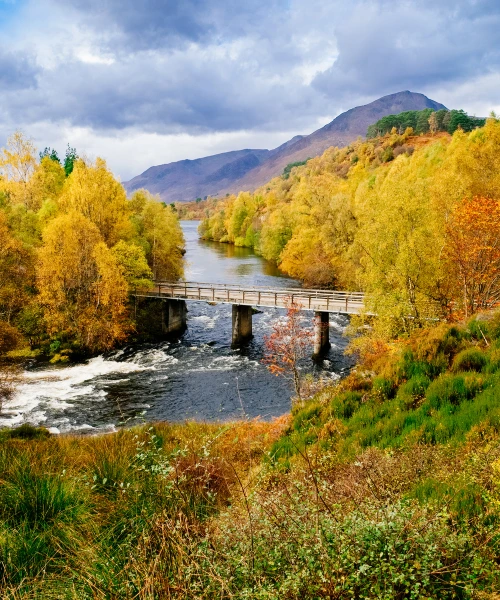
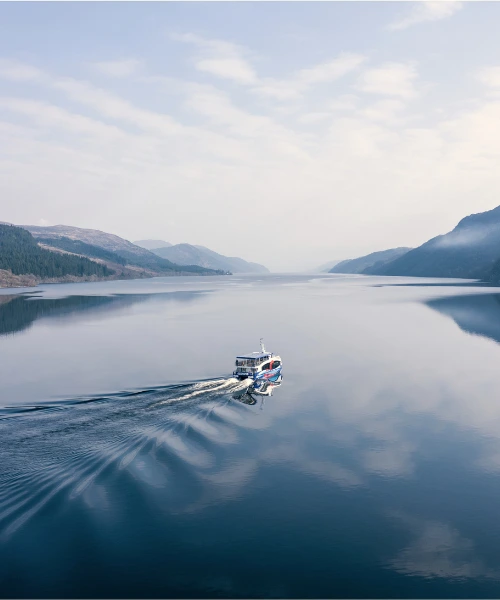

Isle of Skye: Community Forests
On Skye, rewilding takes root at the grassroots. The Uigshader Living Forest Project, in partnership with the Northwoods Rewilding Network, has transformed a commercial plantation into a native woodland through local effort. Seed islands planted along the River Snizort are restoring salmon habitat and reviving degraded land.
With only nine core volunteers, this Isle of Skye rewilding initiative has planted 30,000 trees, built community infrastructure from local timber and cleared ten hectares of non-native spruce all by hand. It runs community volunteer days that focus on tree planting, peatland restoration and habitat monitoring. It is rewilding powered by pride and perseverance.
Why Scotland Rewilding Matters
Climate and Carbon
Scotland’s peatlands are carbon vaults. When healthy, they lock away greenhouse gases. When degraded, they release them. Restoration west of Loch Ness is reversing damage, helping Scotland cut emissions and stabilise water systems.
Forest regeneration is also vital. Native woodlands absorb carbon and create climate resilience. Places like Dundreggan utilise fencing and natural regeneration to allow trees to return with minimal intervention.
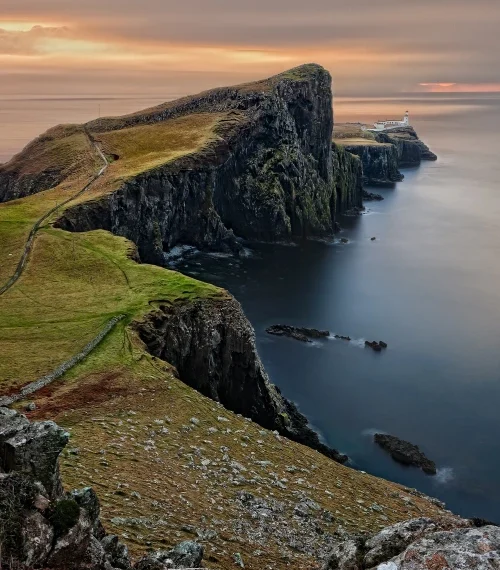
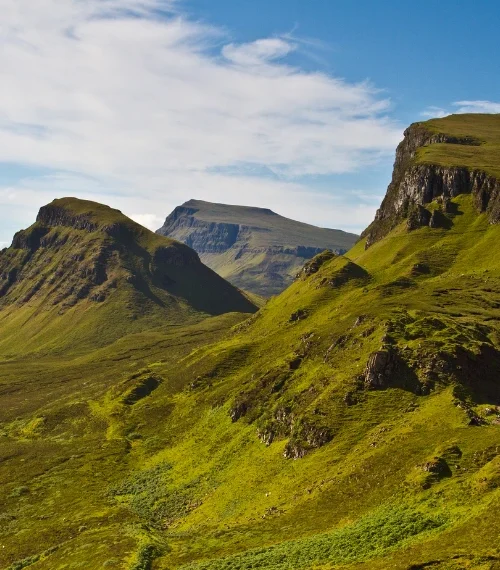
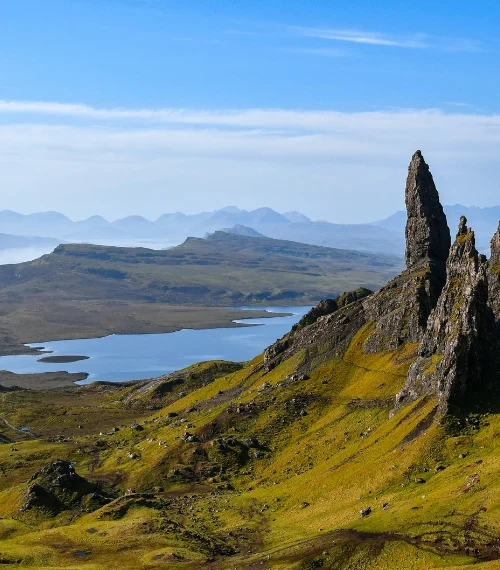
The Return of Wildlife
Red squirrels, once vanishing from the mainland, are thriving where pine martens keep invasive greys at bay. Golden eagles are nesting again in restored glens. Pine martens are rebounding as woodlands return.
Rivers are healing, too. Salmon need cool, shaded streams. Riparian planting and river restoration west of Loch Ness and on Skye are making that possible.
Community and Connection
Jobs in rewilding have soared, supporting initiatives ranging from tree planting to ecotourism. At Dundreggan, the number of roles increased from one to 36.
Volunteering has grown ninefold. Locals and visitors alike now plant trees, track wildlife and help rivers flow free again.
Community ownership is key. In places like the Natural Capital Lab and Tarras Valley, locals guide land use, ensuring rewilding supports education, jobs and a shared sense of stewardship.
The Challenges Ahead
Scotland’s ecological revival is complex. Natural forest regeneration, for example, is challenging due to over a million deer roaming the Highlands without natural predators. Young trees and peatland mosses struggle to take root due to overgrazing, but solutions such as culling and reintroducing predators are sensitive. Conservationists debate how to restore ecological order without disrupting land use traditions or local livelihoods, and Scotland doesn’t currently have any official plans to reintroduce large carnivores, but the conversation continues.
Land ownership, too, shapes the future. In a country where a few hundred people own much of the land, rewilding must be collaborative to succeed. Projects like Affric Highlands show what is possible when estates, communities and conservationists co-create a shared vision, balancing restoration with livelihoods and heritage.
Forging A Wilder Future
Scottish rewilding is not about going back in time. It is about moving forward differently. About restoring forests that hold carbon and memory. About helping rivers run clean and wild again. About people reclaiming a connection to land that has long shaped their stories.
The land remembers. And now, we are learning how to listen.
Interested in Experiencing Scottish Rewilding Efforts Firsthand?
Journeys With Purpose offers private, conservation-focused adventures in Scotland, with tailor-made itineraries built around your passions. We also have an upcoming Scotland retreat – get in touch with our expert travel specialists today on +44 20 8044 9538 or at connect@journeyswithpurpose.org.

